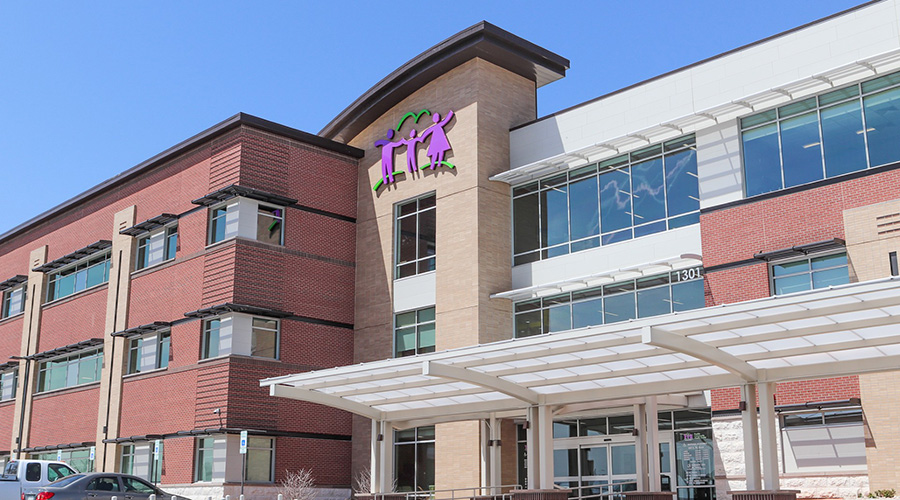USGBC Pushes LEED 2009 One Step Closer to Implementation
The newest version of the United States Green Building Council’s (USGBC) LEED green building rating system is expected to go to member ballot this week after public comments were incorporated by LEED Technical Advisory Groups.
The newest version of the United States Green Building Council’s (USGBC) LEED green building rating system is expected to go to member ballot this week after public comments were incorporated by LEED Technical Advisory Groups.
LEED 2009 will incorporate several key changes to the current LEED rating system, including:
- Increased Minimum Energy Performance prerequisite requirements; update to ASHRAE 90.1-2007 for energy requirements; and other energy efficiency enhancements, including increased incentive for On-Site Renewable Energy
- Language that addresses mixed use projects
- A new Water Use Reduction prerequisite and increased incentive for Water Use Reduction
- More options for Low-Emitting & Fuel-Efficient Vehicles
- Expanded options for Heat Island Effect-Non Roof materials
- Inclusion of requirements for non-carpet flooring
- Inclusion of permanent monitoring system for thermal comfort verification
- Alignment and clarification of Daylight and Views requirements
Additionally, details on regionalization have been fleshed out to include incentives through extra points awarded to credits identified as priorities within a project's given environmental zone, according to USGBC. And credit alignment provides harmonization across rating systems.
LEED has also undergone a scientifically grounded weighting exercise that allocates points to credits based on the importance of the environmental benefit realized by achievement of the credit requirements. This process fundamentally changes the way project teams will prioritize LEED credits but continues to leverage the existing industry knowledge on how to accomplish these credits, according to USGBC.
Several other changes that are not part of the balloting process will accompany the adoption of the new rating system.
The organizational structure now being used to manage LEED makes many of the credits congruent across all rating systems. As such, it is no longer always necessary to pilot entire rating systems going forward, USGBC says.
Instead, USGBC is considering a new pilot credit process to put credits to the test in the field before bringing them fully into the rating system. It means a rating system or substantial changes to one can go forward in the review process even while additional issues are being investigated, allowing LEED to be more responsive to the marketplace, according to USGBC.
Related Topics:











